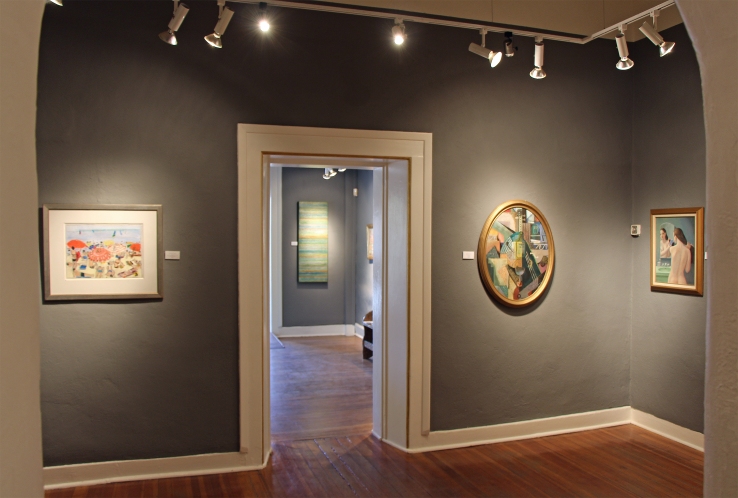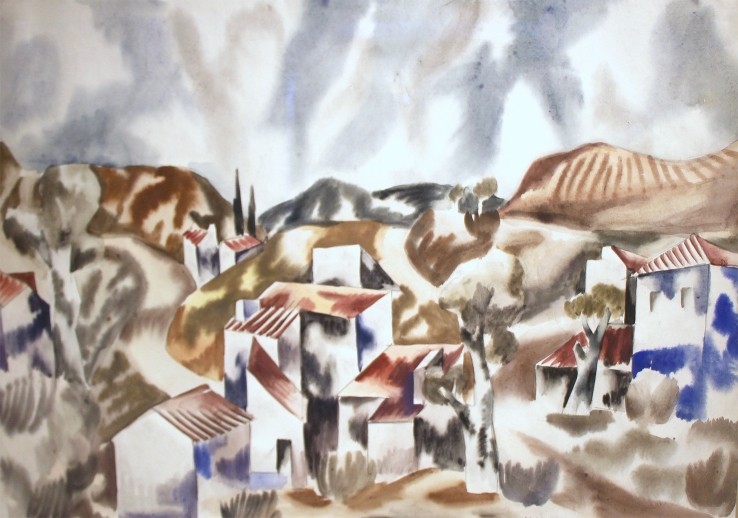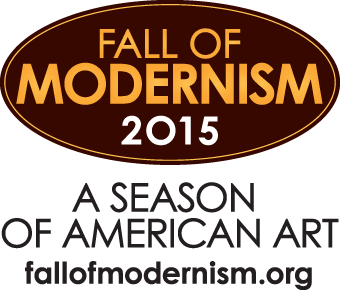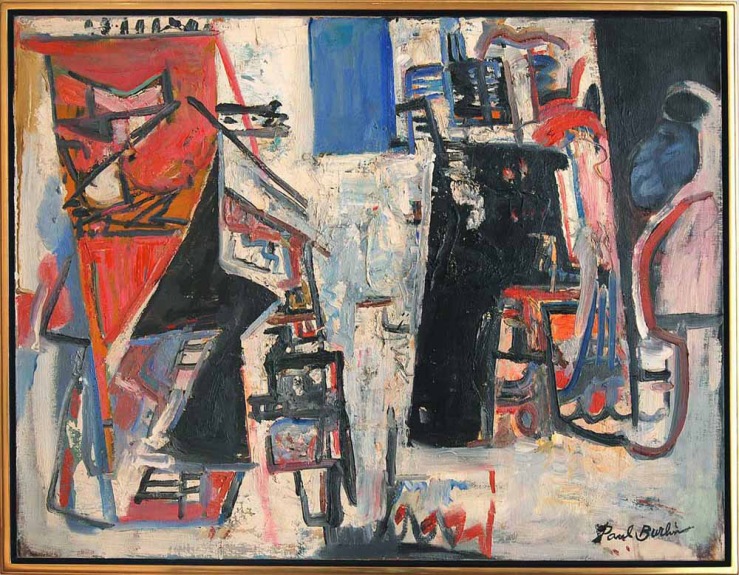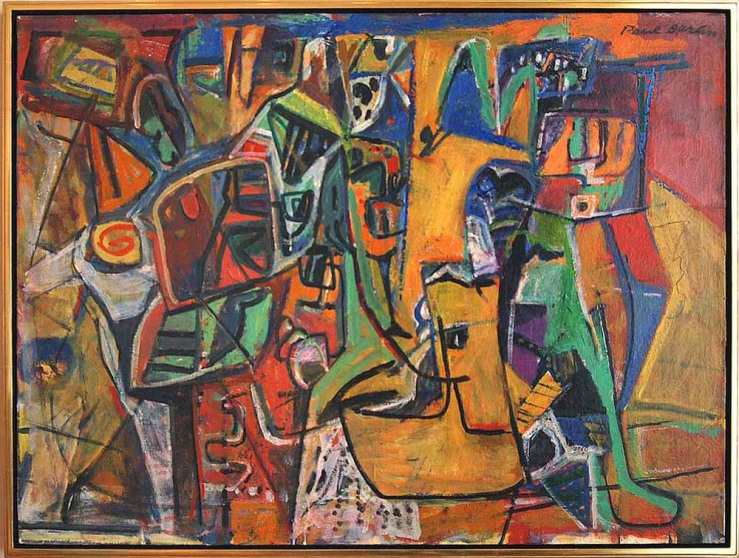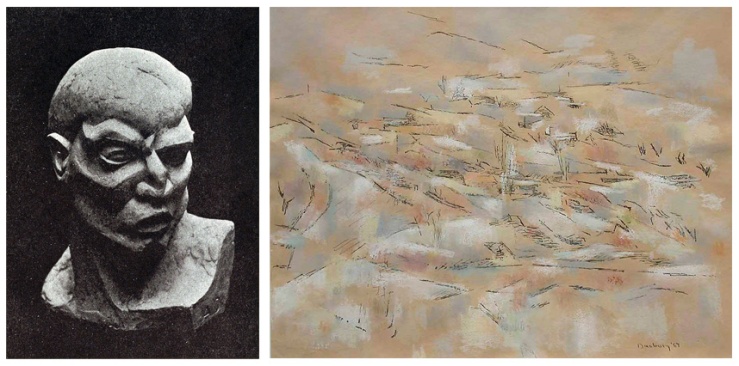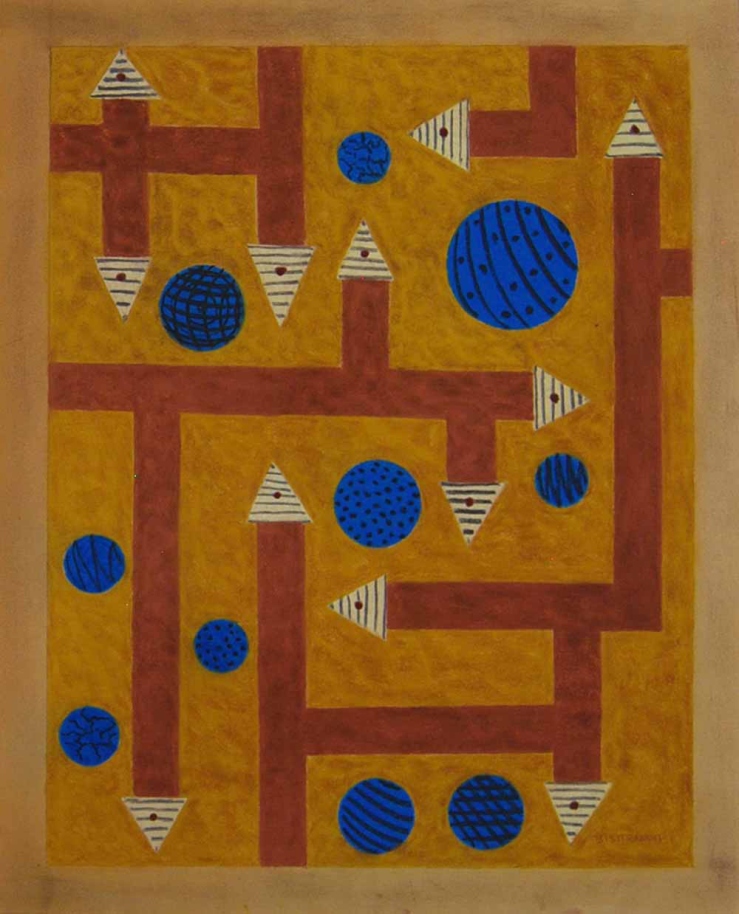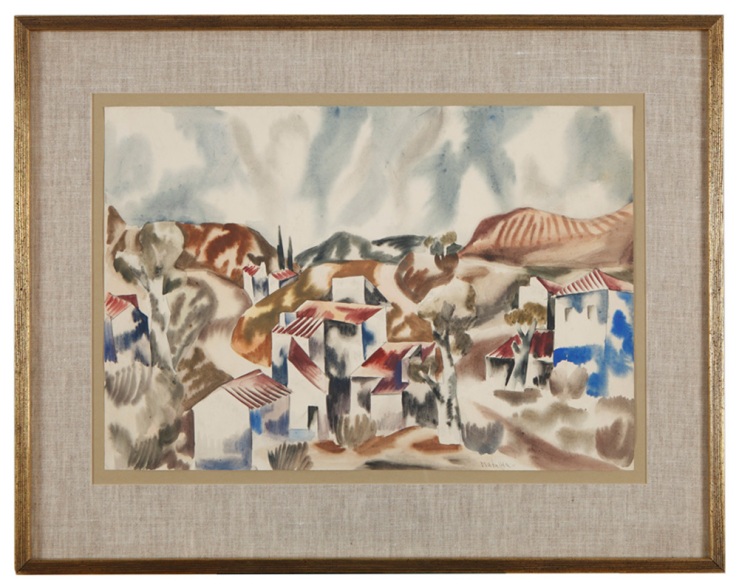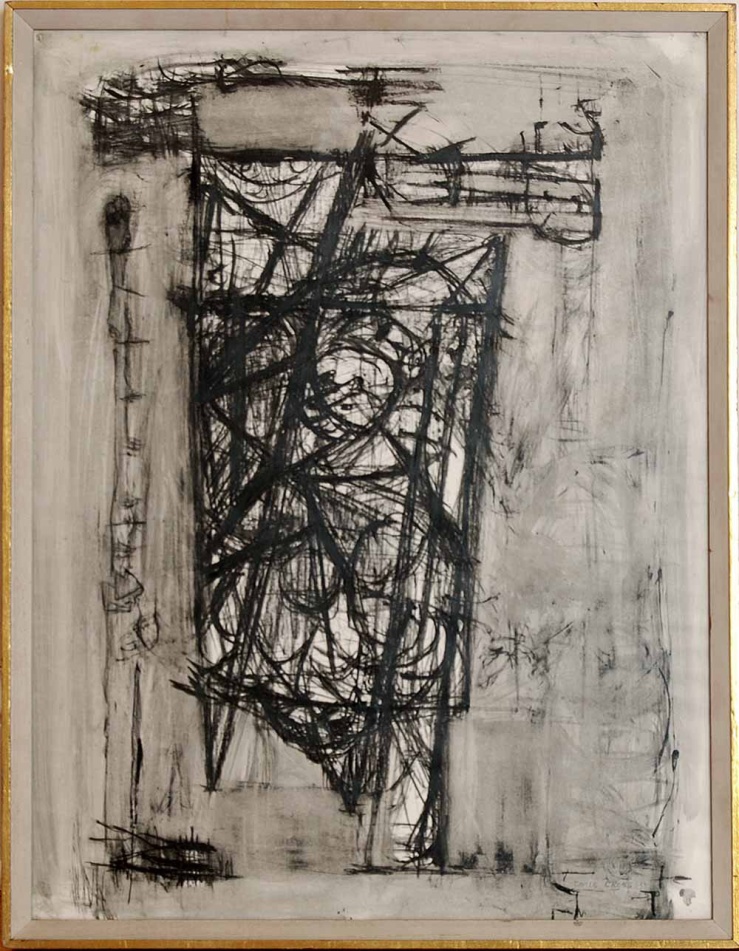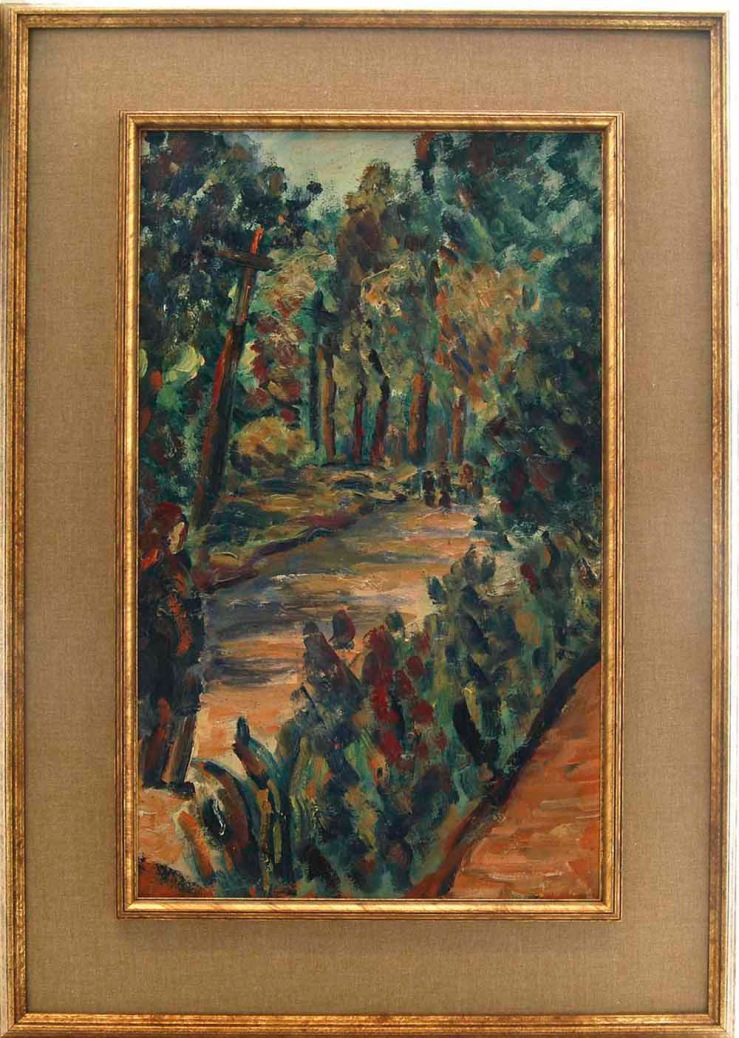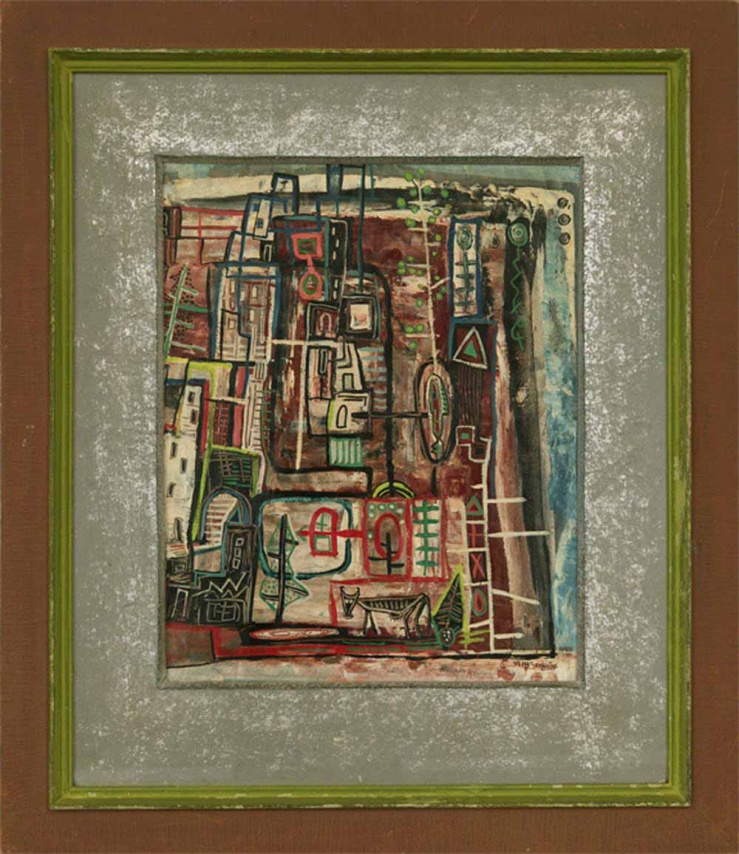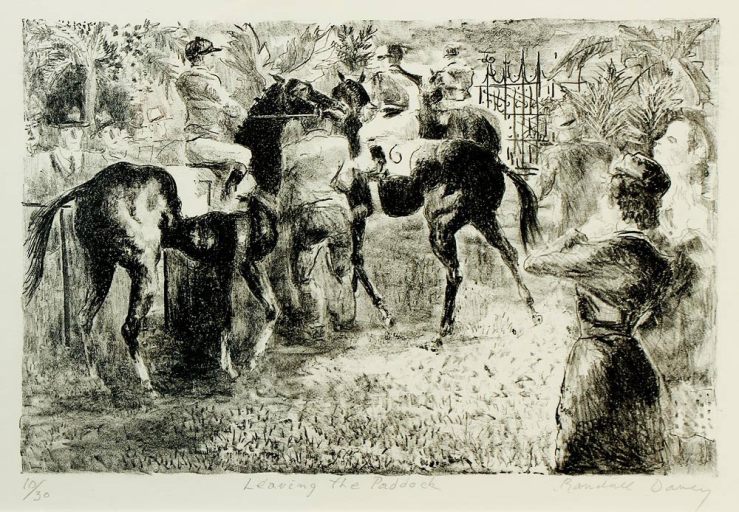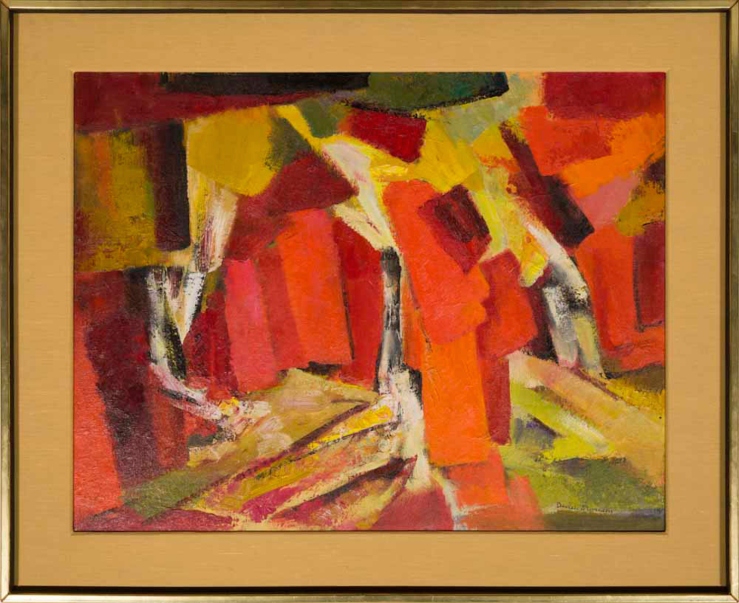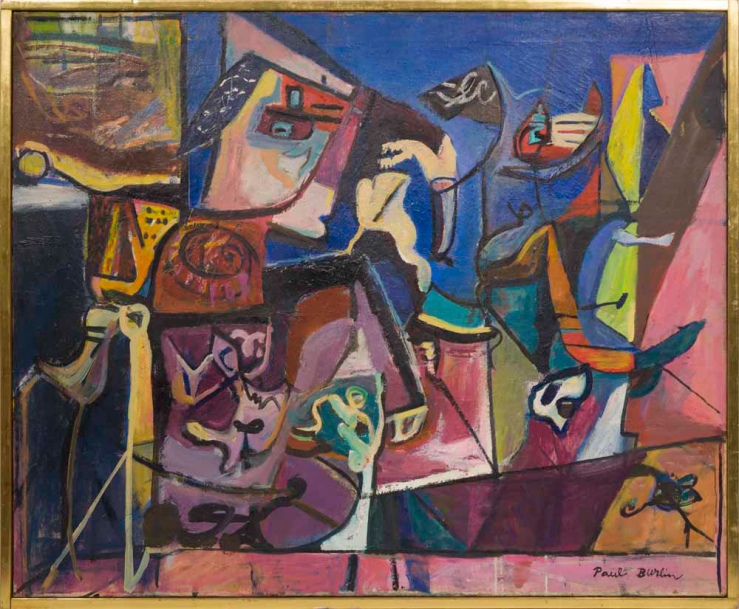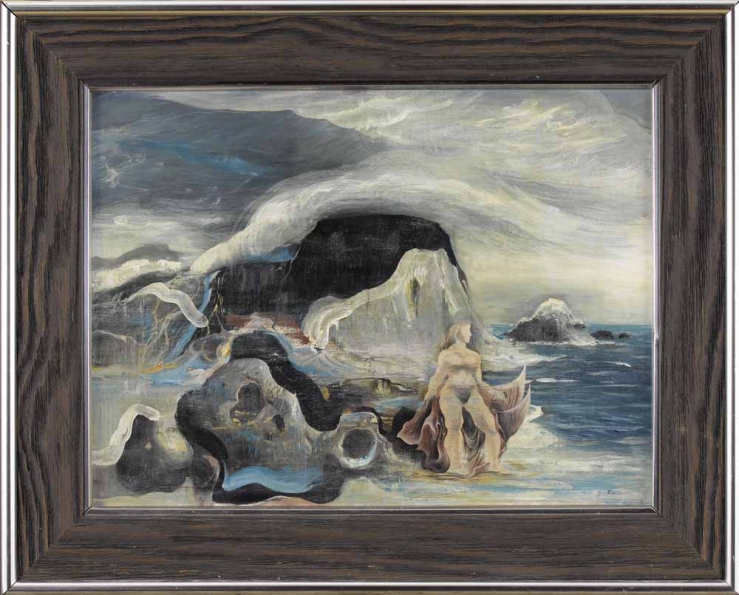“Wonderful place. You must come. Am sending ticket. Bring me a cook.” Mabel Dodge Lujan’s telegram to artist Andrew Dasburg is a seminal moment in New Mexico art history. Lujan, a prominent arts champion from New York, had fallen in love with the Taos art colony and was determined to summon artists there from the East. The efforts of Lujan and her counterparts in Santa Fe and Albuquerque sparked a great influx of modernist artists to the region, eclipsing the traditional styles that had reigned there in the late 19th century. Matthews Gallery’s exhibition THE MODERNIST IMPULSE: New Mexico’s 20th Century Avant-Garde, will tell stories of revolutionary artists throughout the previous century in a special rolling exhibition from September through October, 2015.
We’re working in concert with Georgia O’Keeffe Museum and New Mexico Museum of Art’s Fall of Modernism: A Season of American Art event series to trace the grand arc of New Mexico’s modernist history. Starting with Lujan’s circle, which arrived in the 1920s, and moving forward through the decades, we’ll examine the strong impulse of modernist artists to settle in New Mexico and revolutionize the art colonies here.
Over the course of the two-month show, Matthews Gallery’s walls will shift through time. Early Taos modernists will give way for the Taos Moderns movement, Santa Fe artist and art teacher Alfred Morang will pass the baton to students such as Janet Lippincott and William Vincent, and rays of influence from the revolutionary Transcendental Painting Group will stretch far beyond its short existence. Contemporary artist Eli Levin, who came to New Mexico in the 1960’s and knew many notable modernists, will round out the group.
Learn more about our contribution to Fall of Modernism on their newly launched homepage, and connect with us on Facebook, Twitter and Instagram for updates on the show.
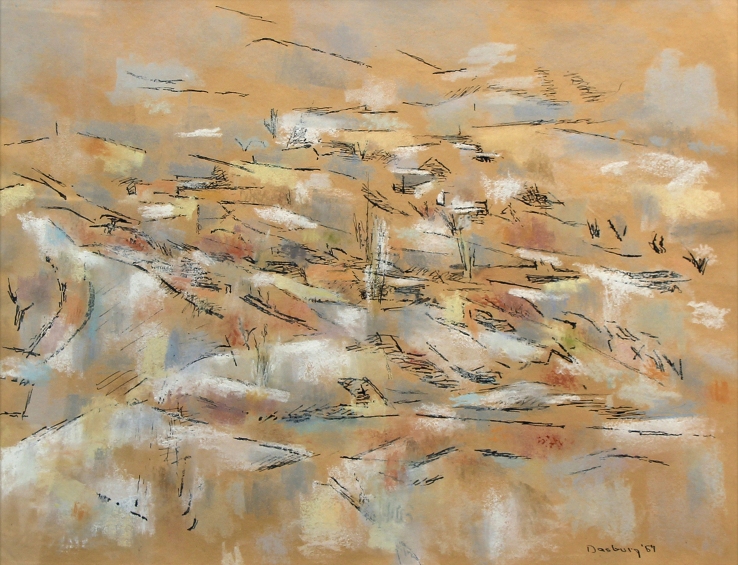
Andrew Dasburg, April Snow 1967, Pastel on Paper.
Jan Matulka, Landscape circa 1923, Watercolor on Paper.
Cady Wells, Taos, 1947, Ink and Watercolor on Paper.
